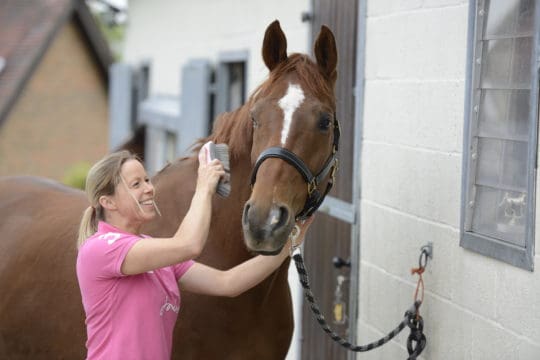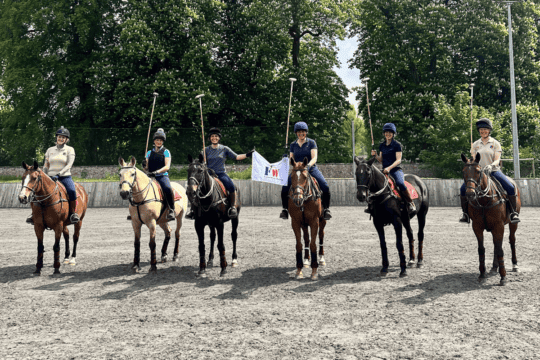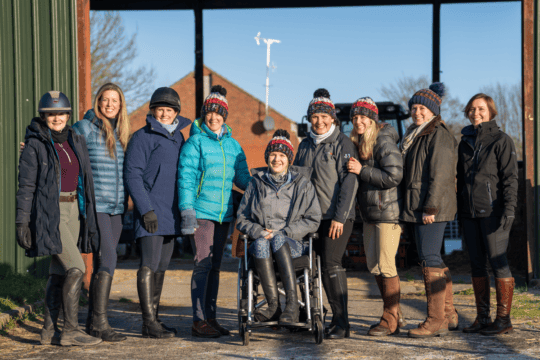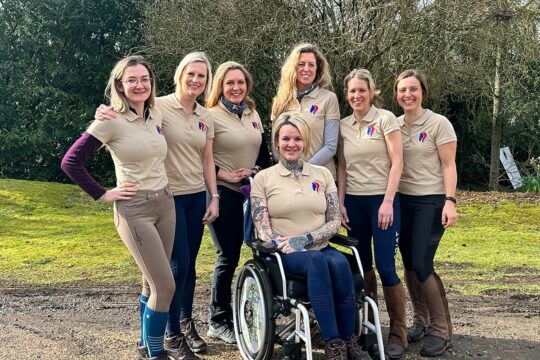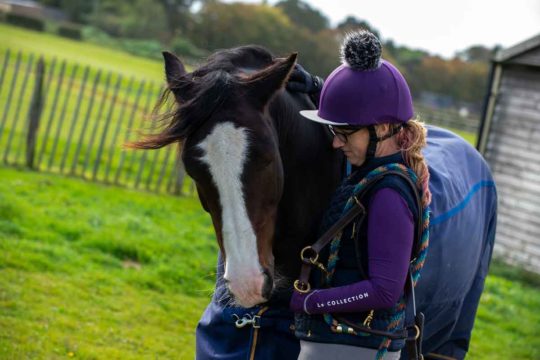
Most Read Articles
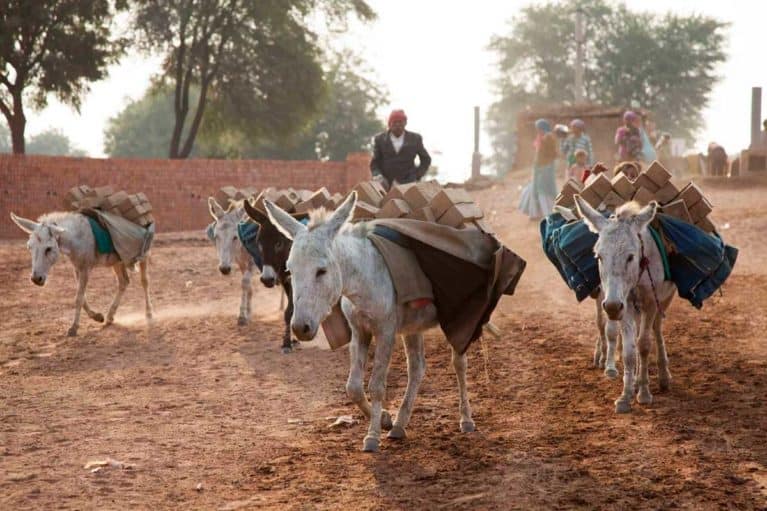
Photo credit: The Donkey Sanctuary
Following the publication of its new research tool, The Donkey Sanctuary will lead the way in processing welfare data in an easy-to-understand format
An accessory to the charity’s welfare assessment questionnaire, (Equid Assessment Research and Scoping, or EARS), the Welfare Aggregation and Guidance (WAG) tool produces separate grades for the five most welfare-indicative measures from the EARS questionnaire – behaviour, health, housing, nutrition and working conditions. Following its endorsement with a publication in the peer-reviewed scientific journal Animals, WAG will ensure equines in all conditions will be represented and visible in the final results.
The grades for each category can then be compared to find the equines in greatest need, and this comparison can be conducted at any level – from local farms to entire countries. The grading system can also be used to compare welfare changes over time to ascertain whether an intervention was successful.
WAG was launched following a case study of more than 6,000 equines in Europe and Asia, after which The Donkey Sanctuary proposed a more thorough look into the regions with the poorest levels of welfare – Pakistan and India. With these investigations the charity would be more able to identify the cause of these issues and guide intervention schemes to improve welfare, and so the WAG tool was born.
Laura Kubasiewicz, the Senior Researcher at The Donkey Sanctuary who led on the research paper said: “The WAG tool provides an invaluable way to summarise welfare in a standardised, comparable way. It also allows welfare charities to find the equids in greatest need on a global scale, pinpoint the drivers of poor welfare, and monitor the effects of schemes aimed at improving those equids’ lives.”
Tamlin Watson, Senior Researcher at The Donkey Sanctuary and co-author, added: “We overcome the problems associated with existing approaches, so the WAG tool retains sensitivity, ensuring animals with the lowest welfare scores remain visible and the multidimensional nature of welfare is maintained.”
The journals are all available through open access, so you can read the results for yourself.
For more information, visit thedonkeysanctuary.org.uk

